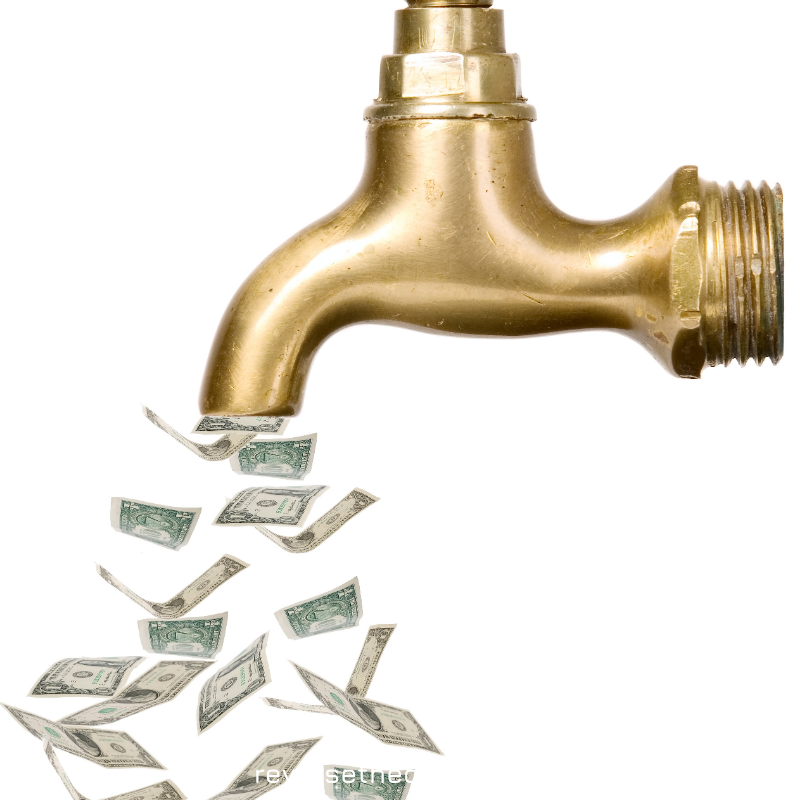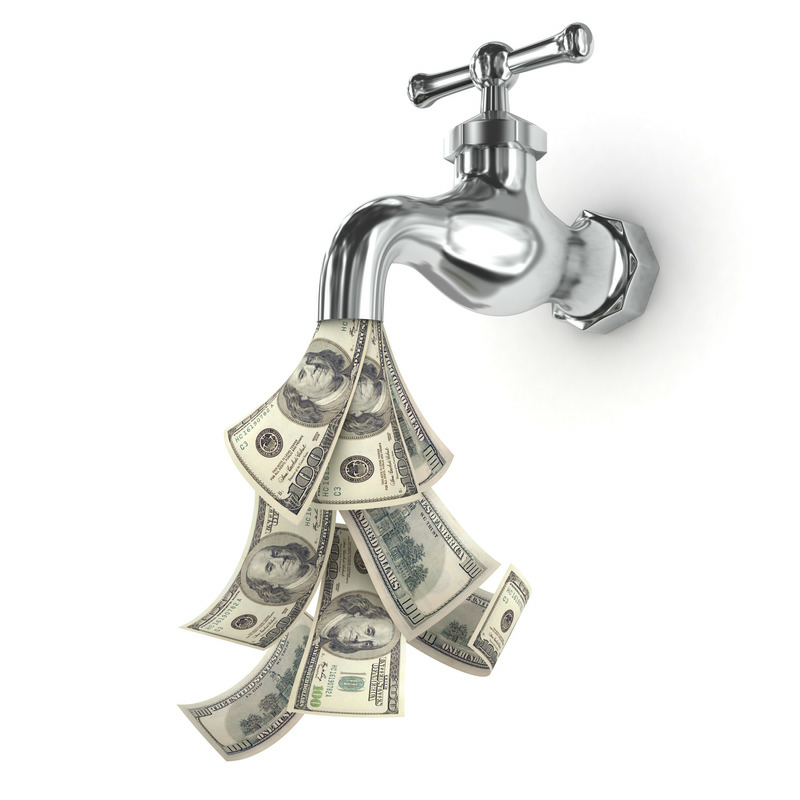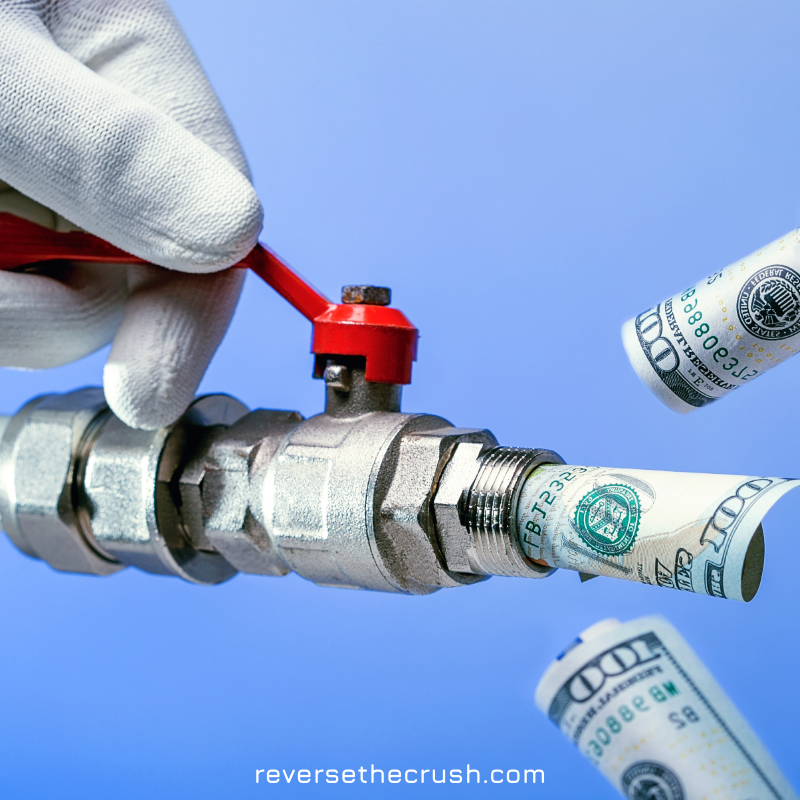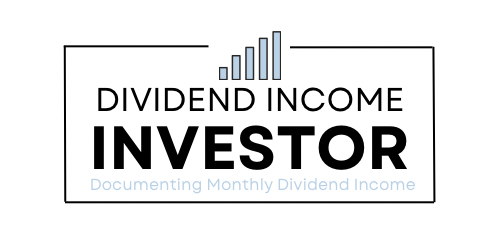DRIP Stock: A dividend reinvestment plan (DRIP) allows investors to automatically reinvest cash dividends into additional shares.
If you’re a seasoned investor, you are familiar with the term DRIP (dividend reinvestment plan).
But if you’re new to investing, you might be wondering what a DRIP stock is?
For dividend investors, a DRIP can be an incredibly powerful method to build massive wealth over the long term.
Since it’s such a powerful method to build wealth, I decided to cover what a dividend reinvestment plan (DRIP) is.
Let’s get started.

What is a DRIP Stock (Dividend Reinvestment Plan)?
As you may have already noticed, DRIP stands for dividend reinvestment plan.
A dividend reinvestment plan (DRIP) is a program that allows investors to automatically reinvest dividend payments into shares of the underlying stock on the dividend date.
So, without doing anything at all, your stocks automatically purchase additional shares.
Technically, a dividend reinvestment plan allows investors to receive a higher dividend payment every payment, because additional shares will pay dividends each time.
For this reason, DRIP stock investing can be a powerful tool to take advantage of compound interest.
What are the Benefits of a Dividend Reinvestment Plan (DRIP)?
One of the main advantages of DRIP stocks is that some companies allow you to purchase shares at a lower cost.
For example, under Fortis’ DRIP plan, shareholders can purchase shares at a 2% discount.
However, you will need to check with your broker if that discount is available.
DRIP stock investing also makes investing almost effortless. Investors can sit back and collect dividends and let compound interest do the work. But it’s still necessary to rebalance your portfolio and evaluate the stocks from time to time.
In addition, a dividend reinvestment plan (DRIP) allows investors to buy additional shares without incurring commission fees.
Although commission fees are lower because of the rise of free trading, avoiding commission fees is still a tremendous advantage for investors.
Otherwise, DRIP stock investing may be the best way to take advantage of compound interest.
If you select companies that raise dividends annually, a DRIP stock has the potential to create immense wealth over time.
Each year you add more shares by reinvesting dividends, and each year the dividend payment per share increases.
It will seem like a slow process at first, but 10 to 40 years is when compound interest starts to take over.

What are the Disadvantages of DRIP?
Because DRIP stocks automatically invest back into the same stock, there is a risk that the position becomes too large compared to other stocks in your portfolio.
It could lead to investing too much capital into poor performing assets.
Furthermore, for dividend income investors that are interested in cash flow, a dividend reinvestment plan can limit cash flow.
Rather than letting dividend payments pile up in your account, they are automatically reinvested. So, if you’re looking for cash flow to live on, a DRIP may not be the best option.
Fortunately, you have the option to decide if the DRIP is turned on or off.
However, with proper portfolio management, most of these issues can be avoided.

How to Buy a DRIP Stock
Buying a DRIP stock is really simple.
To buy a DRIP stock, you need to find a dividend stock that offers a DRIP, and you must have enough money for the stock to “DRIP”.
Most brokers will show if the stock offers a DRIP on the main investment snapshot page.
To activate the DRIP plan, you should call your broker to ask them to start the dividend reinvestment plan.
If your broker does not allow fractional shares to be purchased, you will need to have enough money to invest so that the dividend payment is enough to purchase an additional share.
In other words, your dividend payment must be as much as the share price to participate in a dividend reinvestment plan (DRIP).
If you are looking for a broker in Canada, check out Questrade here to receive $50 worth of free trades.
Examples of Stocks that Offer a DRIP:
Here are a few examples of stocks that offer a dividend reinvestment plan:
- Fortis (Ticker: FTS)
- Royal Bank of Canada (Ticker: RY)
- Starbucks (Ticker: SBUX)
- Enbridge (Ticker: ENB)

Is it Better to Reinvest the Cash Automatically via DRIP or Invest Dividend Payments on Your Own?
For a long time, my view was that it’s better to reinvest dividends on your own.
I figured it was best to allocate capital to the best priced asset at the time of purchase rather than DRIP.
Plus, I liked the extra cash flow.
A Stock like Altria Group ($MO) could return an original investment in 10 to 12 years, according to Dividend Growth Investor.
So, even if the stock went to zero, you could have the original capital reinvested into other companies.
However, untouched, long-term compound interest builds extraordinary wealth. Check out this article by Morgan Housel if you don’t believe me.
Ultimately, it comes down to whether you think the stock is a great long-term investment. If it is, it could lead to exponential wealth. If it’s not a great stock, it might be better to reinvest the proceeds elsewhere.
Are DRIP Stocks a Good Investment?
Besides the company being a high quality stock, the only other factor to consider is if you rely on the income or not.
Simply put, if you rely on your dividend income, it’s best not to DRIP.
If you are reinvesting for the next 10 to 40 years, it’s probably best to take advantage of DRIP.

DRIP Stock – Final Thoughts
DRIP is short for dividend reinvestment plan.
A DRIP stock allows investors to automatically purchase additional shares of the underlying stock with dividend payments.
In conclusion, dividend reinvestment plans can be an extraordinary method to build wealth.
But there are two factors to consider if you are planning to participate in a DRIP:
- Is the stock you are reinvesting in an excellent stock for the long term?
- Do you rely on the dividend income or not?
Because if the stock is an excellent stock for the long term, and if you don’t need the dividend income now, reinvesting it is likely the best option.
Related
Dividend Payout Ratio – Investors Should Seek Healthy Ratios Over High Ratios
I am not a licensed investment or tax adviser. All opinions are my own. This post may contain advertisements by Monumetric. This post may also contain internal links, affiliate links to BizBudding, Amazon, Bluehost, and Questrade, links to trusted external sites, and links to RTC social media accounts.
Connect with RTC
Twitter: @Reversethecrush
Pinterest: @reversethecrushblog
Instagram: @reversethecrush_
Facebook: @reversethecrushblog
Email: graham@reversethecrush.com


 Annual Revenue December 2020 – Q4 Dividend Income + Portfolio Overview
Annual Revenue December 2020 – Q4 Dividend Income + Portfolio Overview
